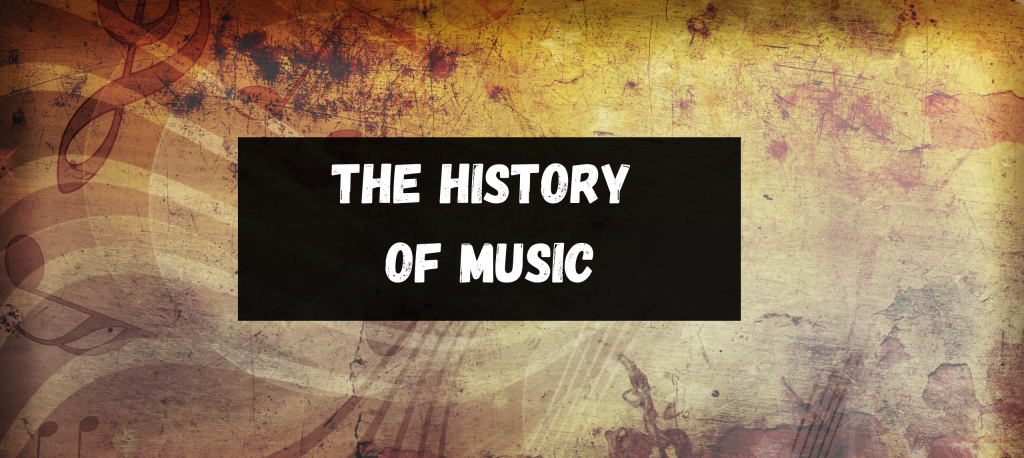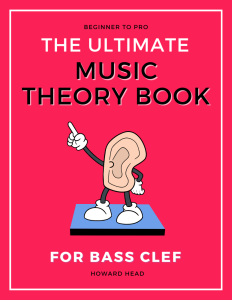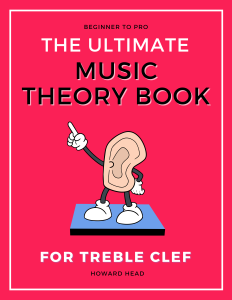August 14, 2023
Howard
It’s a genre that tugs at your heartstrings, narrates tales from bygone eras, and speaks of raw, human experiences..That’s right, we’re talking about Folk music. And if you’ve clicked your way here, chances are, you share a similar affinity. From the heart-wrenching tales of Bob Dylan to the introspective musings of Joni Mitchell, folk music offers a refuge for souls seeking solace in stories and sounds. In the spirit of celebration, I’ve taken on the mammoth task of ranking some of the best folk albums of all time. So, brew yourself a cuppa, and let’s embark on this lyrical journey together.
30. Sounds of Silence – Simon & Garfunkel (1966)
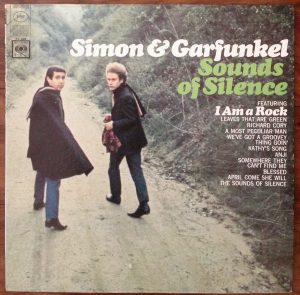
Simon & Garfunkel’s sophomore album is a defining moment for 1960s folk-rock. The album’s title track, originally acoustic on their debut, was overdubbed with electric instruments, becoming a hit and driving the duo back into the studio.
29. Graceland – Paul Simon (1986)
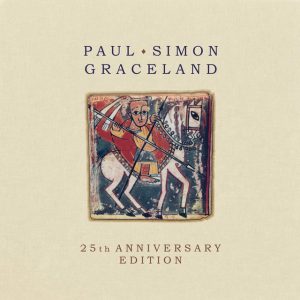
A meld of folk with African rhythms, “Graceland” saw Paul Simon experimenting with world music while delivering his characteristic storytelling. The album faced initial controversy but later was hailed for its cultural blend and classic tracks like “You Can Call Me Al.”
28. Workingman’s Dead – Grateful Dead (1970)
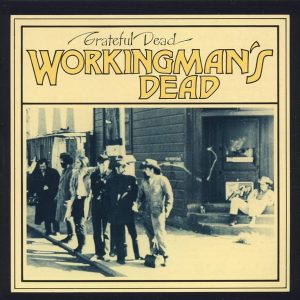
The Grateful Dead might be known for their live jams and psychedelic excursions, but this album showcased their folk and country roots, with classics like “Uncle John’s Band” and “Casey Jones.”
27. Let It Bleed – The Rolling Stones (1969)
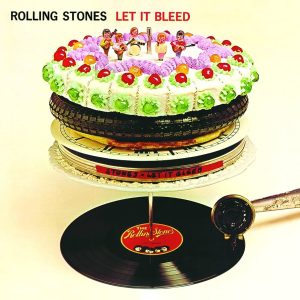
While the Stones are a rock ‘n’ roll band at heart, they’ve always had a touch of the blues and folk. This album features the haunting “Gimme Shelter” and the country-inflected “Country Honk.”
26. Talking with the Taxman About Poetry – Billy Bragg (1986)
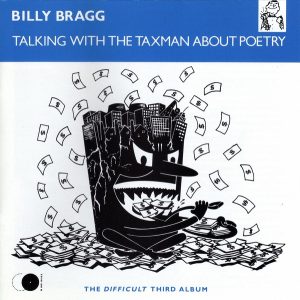
Bragg, with his electric guitar and political lyrics, is a mainstay in British folk. This album, touching on both political and personal topics, is a testament to his songwriting prowess.
25. Valentine – Roy Harper (1974)
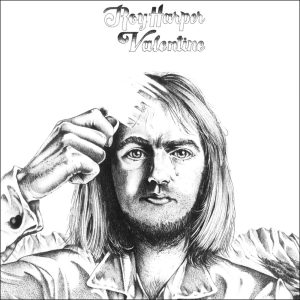
Released in 1974, “Valentine” is among the definitive records of British folk singer-songwriter Roy Harper’s illustrious career. True to its title, the album was released on Valentine’s Day and is a collection of love songs, but with the typical Harper twist. It isn’t just a record of straightforward ballads; it combines the introspective, the melancholic, and the overtly humorous in a way that only Harper can. With guest appearances from the likes of Jimmy Page and Keith Moon, it’s a record that also underlines Harper’s standing among his peers. Tracks such as “Forbidden Fruit” and “Twelve Hours of Sunset” showcase Harper’s lyrical prowess and intricate guitar work, creating an album that is as introspective as it is beautiful. The artistry within “Valentine” cements Roy Harper’s position as one of the unsung heroes of the British folk scene.
24. American III: Solitary Man – Johnny Cash (2000)
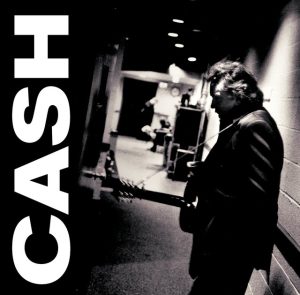
While later in his career, this album is a folk gem. Cash covers songs from artists like Neil Diamond and Nick Cave, making them distinctively his own.
23. The Lion and the Cobra – Sinéad O’Connor (1987)
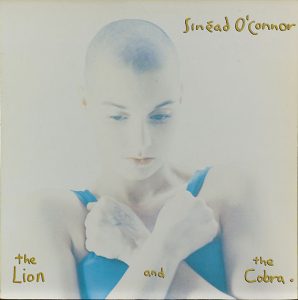
O’Connor’s debut album showcases her powerful voice and intense songwriting, with a blend of rock, folk, and Irish influences, evident in tracks like “Mandinka” and “Troy.”
22. Closing Time – Tom Waits (1973)
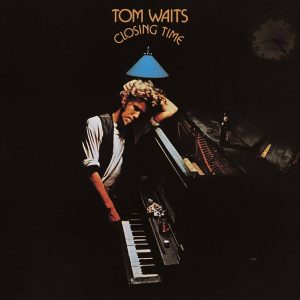
Tom Waits’ debut album, “Closing Time,” released in 1973, introduced the world to a voice that seemed to come from another era and a songwriter with an uncanny ability to evoke deep emotions through gritty tales of love, loss, and late-night revelry. Drenched in a cocktail of folk, jazz, and blues, the album paints vivid vignettes of life’s melancholic moments, from the heart-wrenching “Martha” to the evocative instrumental “Closing Time.” Waits’ raspy voice and evocative lyrics, combined with his talent for creating atmospheric soundscapes, create a haunting, timeless quality that stands out even today. “Closing Time” was just the beginning for Waits, but its poignant narratives and moody ambiance make it an essential listen for anyone looking to explore the depths of his discography.
21. The Shepherd’s Dog – Iron & Wine (2007)
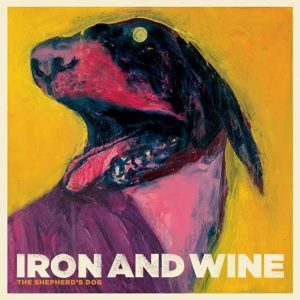
Sam Beam, under his moniker Iron & Wine, crafts intricate folk tales. This album, with its layered instruments and hushed vocals, features tracks like “Boy With a Coin,” showcasing his ability to weave stories with a modern folk touch.
20. Five Leaves Left – Nick Drake (1969)
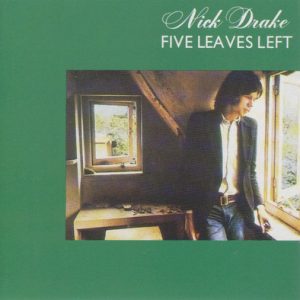
Drake’s debut is characterized by his soft voice and intricate guitar work. The orchestral arrangements on tracks like “River Man” make this album a melancholic masterpiece of British folk.
19. Good Old Boys – Randy Newman (1974)
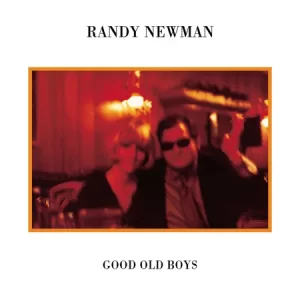
Newman, known for his satirical and observational songwriting, delves into themes of the American South. With its blend of folk, blues, and more, songs like “Rednecks” and “Birmingham” are both pointed and poignant.
18. Bon Iver – Bon Iver
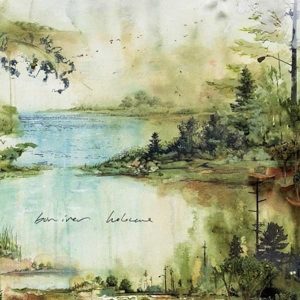
The self-titled second album from Bon Iver, released in 2011, marked a dramatic evolution for Justin Vernon, the genius behind the project. While his debut “For Emma, Forever Ago” was a raw, stripped-down paean of solitude and heartbreak, “Bon Iver” blossoms into a more complex tapestry of sound. The album is awash in lush arrangements, dreamy synthesizers, and intricate layers that oscillate between intimate moments and grand, cinematic crescendos. Each track is named after a place, whether it’s real, imagined, or emotional, allowing listeners to journey through Vernon’s intricate musical landscapes. With tracks like “Holocene” and “Perth,” the album establishes itself as a contemplative reflection on places and moments in time, and it further solidified Bon Iver’s reputation as a master of evocative soundscapes and emotional exploration.
17. Pieces of You – Jewel (1995)
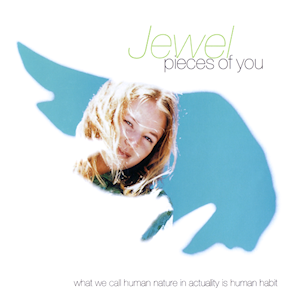
Jewel’s debut album blends folk, pop, and country elements. With her yodeling vocals and sincere lyrics, hits like “Who Will Save Your Soul” and “You Were Meant For Me” brought folk-pop to the mainstream in the 90s.
16. Fisherman’s Blues – The Waterboys (1988)
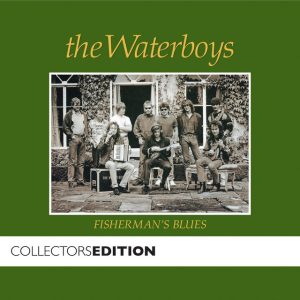
A distinct departure from their earlier works, The Waterboys dove deep into the realms of Irish folk and country, crafting tracks like the violin-driven title song and the poignant “Sweet Thing.”
15. Solid Air – John Martyn (1973)
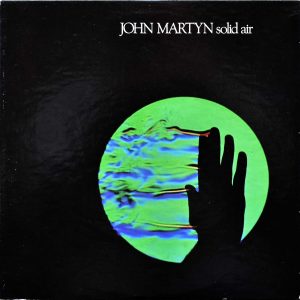
A tribute to his friend and fellow musician, Nick Drake, Martyn’s “Solid Air” is a blend of folk, jazz, and blues elements. The title track’s atmospheric vibes, combined with Martyn’s unique guitar playing, make it an essential listen.
14. Starsailor – Tim Buckley (1970)
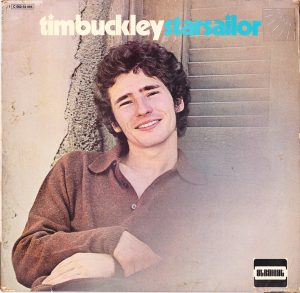
A foray into experimental and avant-garde, Buckley pushes the boundaries of what folk could sound like on this album. His incredible vocal range is on full display, particularly on tracks like “Song to the Siren.”
13. ‘Bert Jansch’ – Bert Jansch (1965)
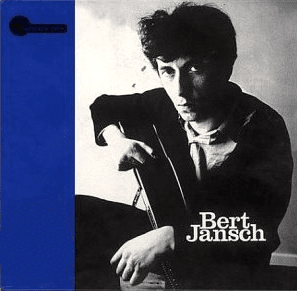
This eponymous debut from the Scottish singer-songwriter is a foundational piece of the British folk revival. With stripped-down acoustic tunes like “Needle of Death,” Jansch’s impact on future folk and rock artists, including Neil Young and Jimmy Page, is evident.
12. If You Could Read My Mind – Gordon Lightfoot (1970)
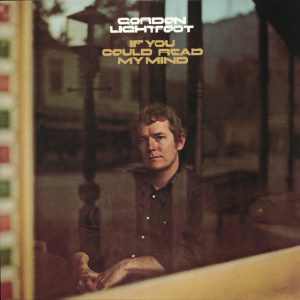
Canadian singer-songwriter Gordon Lightfoot is at his best here. The title track, with its haunting lyrics and melody, is a standout, but the album’s entirety reflects Lightfoot’s strength as a storyteller and musician.
11. The Best of…- The Dubliners (1967)
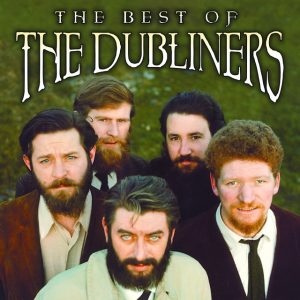
A seminal Irish folk band, The Dubliners’ energetic renditions of traditional tunes, and original compositions have left an indelible mark on the genre. Tracks like “Whiskey in the Jar” exemplify their ability to bring age-old tales to contemporary audiences.
10. Highway 61 Revisited – Bob Dylan (1965)
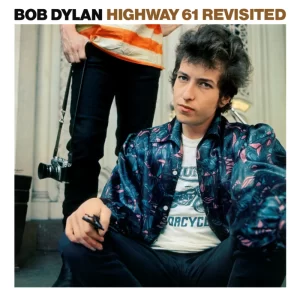
Dylan’s foray into electric music was a pivotal point in his career. Songs like “Like a Rolling Stone” and “Desolation Row” showcase his lyrical brilliance, combined with a folk-rock sound that shook the music world.
9. Pink Moon – Nick Drake (1972)
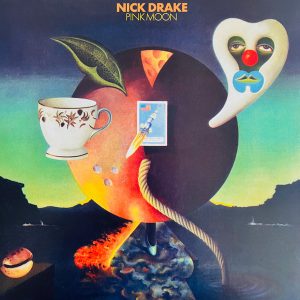
Nick Drake’s final album before his untimely passing is an intimate, stripped-down affair. The title track “Pink Moon” is hauntingly beautiful, while the entire album serves as a testament to his understated genius.
8. For Emma, Forever Ago – Bon Iver (2007)
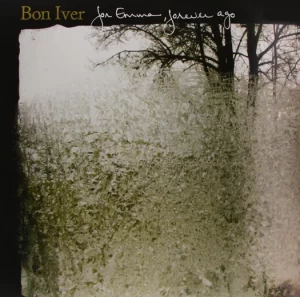
Crafted in a secluded Wisconsin cabin, Justin Vernon’s introspective lyrics and falsetto vocals on tracks like “Skinny Love” and “re: Stacks” birthed a new era of indie-folk that resonated with many.
7. Astral Weeks – Van Morrison (1968)
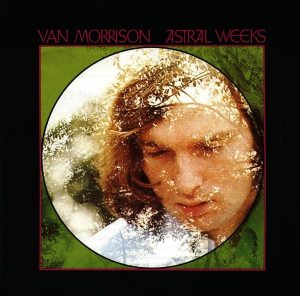
A seamless blend of folk, jazz, and soul, Morrison’s “Astral Weeks” is a transformative listening experience. Tracks like “Madame George” and “Cypress Avenue” see the Irish singer delve deep into his emotions, making it a timeless classic.
6. Bookends – Simon & Garfunkel (1968)
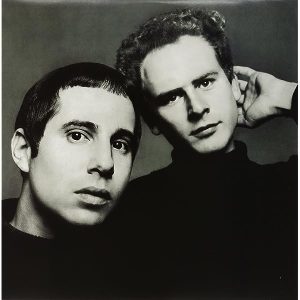
A pinnacle of 60s folk-rock, this album features tracks like “America” and “Mrs. Robinson.” Simon & Garfunkel’s harmonies, paired with introspective lyrics, make it an enduring masterpiece.
5. Songs of Leonard Cohen – Leonard Cohen (1967)
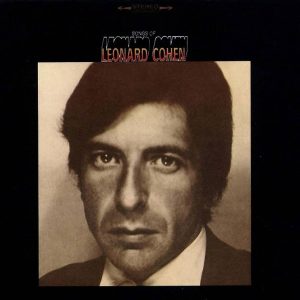
The Canadian poet’s debut album is a masterclass in songwriting. Tracks like “Suzanne” and “So Long, Marianne” highlight Cohen’s ability to meld poetic lyrics with melancholic melodies.
4. Tea for the Tillerman – Cat Stevens (1970)
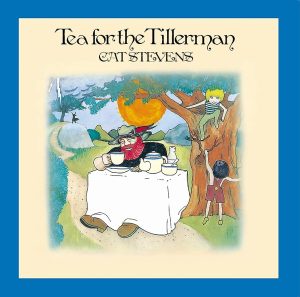
A cornerstone of 70s folk, Stevens’ introspective and soul-searching lyrics on tracks like “Wild World” and “Father and Son” resonate even today. The album’s themes of introspection, spirituality, and love are timeless.
3. Stormcock – Roy Harper (1971)
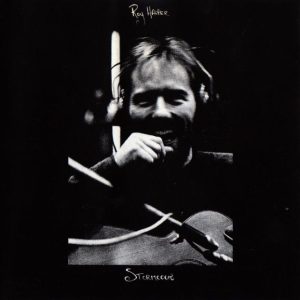
A lesser-known gem, Harper’s “Stormcock” is a four-track masterpiece. Dense and complex, songs like “The Same Old Rock” feature intricate guitar work and profound lyrics, solidifying its place in the folk pantheon.
2. Blue – Joni Mitchell (1971)
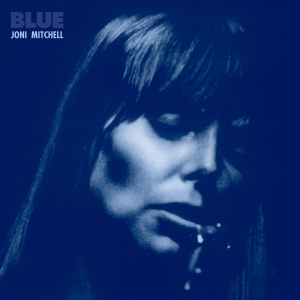
A deep dive into Mitchell’s personal experiences and emotions, “Blue” is a seminal work in the folk genre. Songs like “A Case of You” and “River” are heart-wrenchingly beautiful, showcasing Mitchell’s unparalleled songwriting and vocal abilities.
1. Blood on the Tracks – Bob Dylan (1975)
Regarded by many as Dylan’s best work, this album delves into the complexities of relationships and love. Tracks like “Tangled Up in Blue” and “Shelter from the Storm” are lyrical masterpieces, making this a quintessential folk album.
Conclusion
Whether you’re new to the genre or an old aficionado, these albums are more than mere records; they’re historical markers, reflections of society, and deeply personal confessions. They remind us of the power of storytelling and the universality of human experiences. So the next time you’re seeking solace, comfort, or even a good old sing-along, you know which albums to reach for.

Howard Head
I turn confused bass enthusiasts into bass gods through a simple and logical process.









